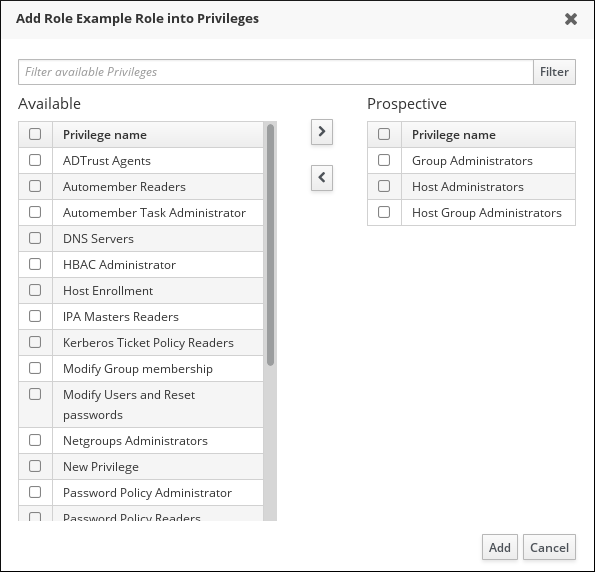

- #Redhat webdav client how to#
- #Redhat webdav client password#
- #Redhat webdav client Pc#
- #Redhat webdav client download#
- #Redhat webdav client free#
Replace the uid and gid parameters with your uid and gid, as shown by the id command.If you’d like to mount the Yoda Network Disk in a different location, replace /mnt with a different local directory.Replace with the URL of your Yoda Network Disk, see Yoda servers' hostnames and URLs.sudo vi /etc/fstab) and add a configuration line for the Yoda Network Disk: Open the /etc/fstab file in a text editor (e.g. Look up the Yoda Network Disk URL of your Yoda Environment This limits the risk of data loss from a failure to flush data after large file transfers. Ensure parameter delay_upload is set to 0 (zero). Open the davfs2 configfile in a text editor (e.g. Look up your user name, uid and gid using the “id” command.Īdd your user account to the davfs2 group: sudo usermod -aG davfs2 user (replace “user” with your user name).Ĭlose the terminal window and open a new one to activate the group change. Confirm that unprivileged users should be able to mount davfs2 volumes (“Yes”).Fedora or CentOS) and for Debian-based distributions (e.g.

The instructions are suitable for RedHat-based distributions (e.g. It assumes familiarity with using commandline tools.
#Redhat webdav client how to#
This page describes how to connect to the Yoda Network Disk on a Linux system using davfs2. You will be prompted for a name and password. GNOME users can connect to the Yoda Network Disk with GNOME Files (also known as Nautilus in older versions of GNOME).Ĭlick on “+Other Locations” and enter the server address in the “Connect to Server” bar, see Yoda servers' hostnames and URLs.

The Cadaver commandline WebDAV client is also compatible with the Yoda Network Disk. Alternatively, if you are comfortable with using commandline tools, utilize davfs2 to mount the Yoda Network Disk. GNOME users can connect to the Yoda Network Disk using GNOME Files (also known as Nautilus in older versions of GNOME). You may have to scroll down in finder in order to see it. Its name is the network address you entered before. You should now have a new Yoda Network Disk location in Finder.
#Redhat webdav client password#
Tick the checkbox “Remember this password in my keychain”. The “Connect as” setting should be set to “Registered user”. The address shown in the dialog should be the address you entered in the previous dialog. The Finder app will show a confirmation dialog, similar to the one below. You should now see this dialog:Įnter the server address of your environment, see Yoda servers' hostnames and URLs. Now press the command key and the “K” key to connect to the Yoda server. If you don’t see the Finder icon, you can alternatively start Finder by pressing the command key and the space bar, then typing “finder” and pressing enter. By default, the Finder icon is shown in the bottom left corner of your screen, in the Dock. You can open the Yoda Network Disk using the Finder app.

#Redhat webdav client download#
You can now drag and drop your files to upload or download them. The Explorer screen will show the folders you have access rights to. If you are working on a shared computer, it is better not to tick this checkbox for security reasons.
#Redhat webdav client Pc#
If you are working on your personal PC or laptop, tick the checkbox “Remember my credentials”. Now enter the server address of the environment in the Folder field (see Yoda servers' hostnames and URLs).Įnsure the box “Connect using different credentials” is checked and click on the Finish button.
#Redhat webdav client free#
Select a drive letter - any free letter is okay. Open the Computer menu item and select “Map network drive”. See Yoda servers' hostnames and URLs for looking up the correct URL to use for Yoda Network Disk. Once the Yoda Network Disk has been configured, you can use your existing applications and tools to work with the data. This will add a network drive to your computer that contains your research data. You can upload and download data to Yoda, by using the Yoda Network Disk on your laptop or PC. This documentation is derived from, adjusted to Yoda hosted at SURF.


 0 kommentar(er)
0 kommentar(er)
